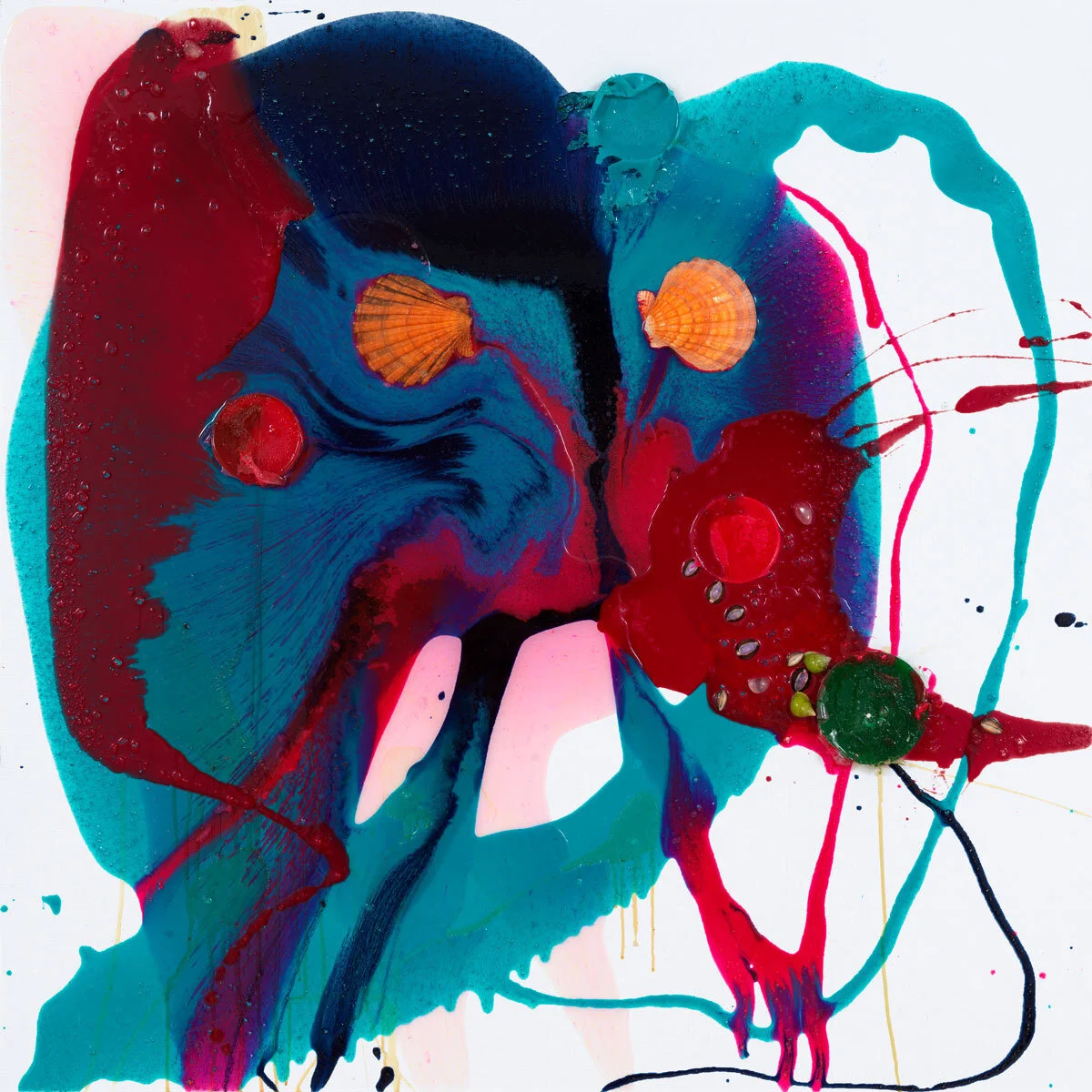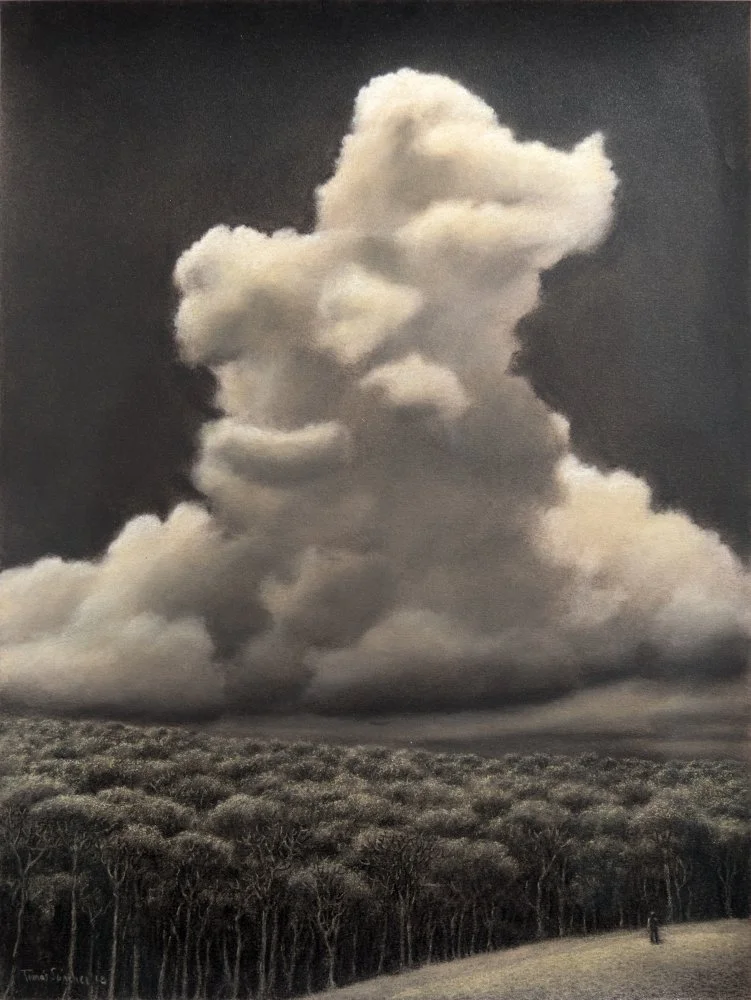Marina Perez Simão
“Tudo é e não é”
New York, 540 West 25th Street
Rooted in the natural landscape of her native Brazil, Simão’s luminous oil paintings pulse with a magnetic, musical, and hypnotic presence that makes the viewer’s eye dance. Influenced by painters such as Tarsila do Amaral, Agnes Pelton, and Luchita Hurtado, Simão’s work is situated within a larger constellation of artists who have similarly used the landscape to explore the metaphysical elements of nature. With the artist’s new series of paintings, which will be unveiled at Pace’s New York space this spring, Simão presents a symbol of hope—a beacon for a future not yet mapped out but filled with infinite possibilities. Referencing a phrase by Brazilian novelist João Guimarães Rosa, the exhibition title, Tudo é e não é, translates to Everything is and is not, encompassing the ambiguity of life and abstraction as a whole.
Marina Perez Simão, Untitled, 2021, oil on canvas, 23-3/4" × 19-7/8" (60.3 cm × 50.5 cm)
Building on the artist’s process of combining her personal memories with literary and musical references to create singular, abstracted landscapes, Simão’s new body of work reflects the evolution of her artistic practice while quarantining in Brazil this past year. Grounding her overarching work is Simão’s understanding of nature as a force to be respected and revered, which can be traced back to her upbringing in Minas Gerais and Rio de Janeiro. Minas Gerais is a cool, mountain town surrounded by hills and fog that rises in the foothills. Rio de Janeiro, on the other hand, presents a dramatic meeting between cliffs and sea in which the ocean has the overwhelming potential to overtake the land. Simão’s paintings reflect the respective phenomena of each of her lived environments while depicting uncharted territories, creating new worlds onto themselves. The artist states of her painting practice: “I try to play around and subvert the elements of the landscape, maybe as an attempt to go somewhere that I’ve never been before, but at the same time that is familiar.”
Above: New paintings in Marina Perez Simão's studio © Marina Perez Simão
Unlike her previous work, these new paintings see Simão honing her study of light—a formal device and metaphorical conceit in her practice. Through her layering and juxtaposition of rich hues of contrasting colors, Simão captures light’s shifting temperament on the canvas as seen from her home in São Paulo this past year, from the soft morning rays cast across one’s face, to the forceful glare of noon, and the apocalyptic last flash before a storm.
Neither solid nor liquid, sky or ground, the shapes in Simão’s works defy material classification. Her paintings, comprising disparate references and visual cues, often leave the viewer with a sense of unresolve or continued wonder. Like Guimarães Rosa’s Grande Sertão: Veredas (The Devil to Pay in the Backlands)—a literary masterpiece published in 1956 that explores the complex dimensions of the human psyche as attributed to the Minas Gerais backlands—Simão’s paintings reflect a postmodern Brazilian generation on the verge of continual change. With her own, authored synthesis of light, associative gesture, and compositional lyricism, Simão portrays otherworldly topographies that activate all of the viewer’s senses, unleashing gravity’s reductive grip on what is imaginable.








